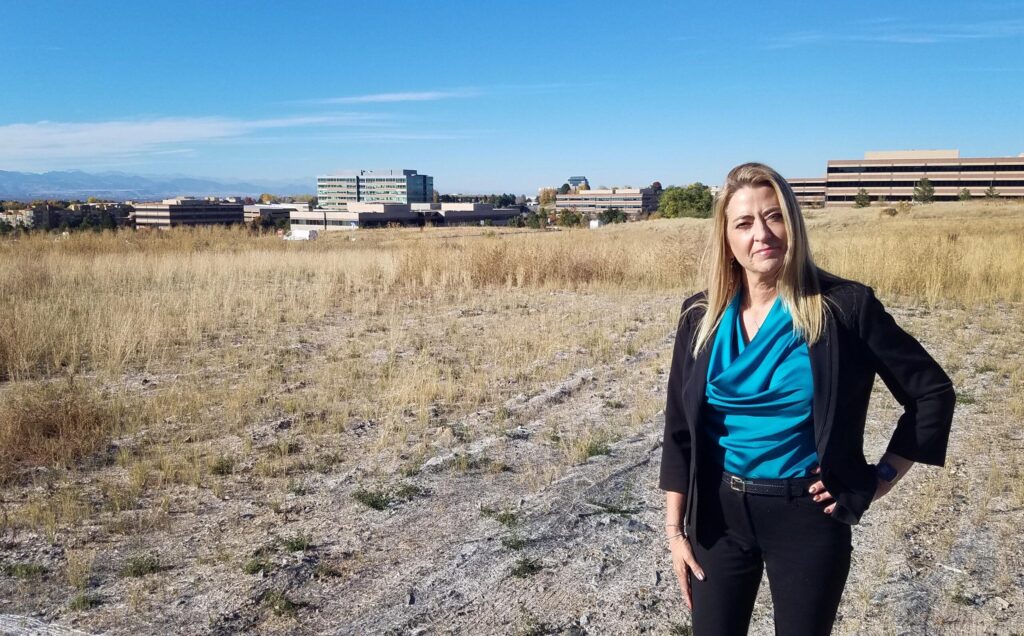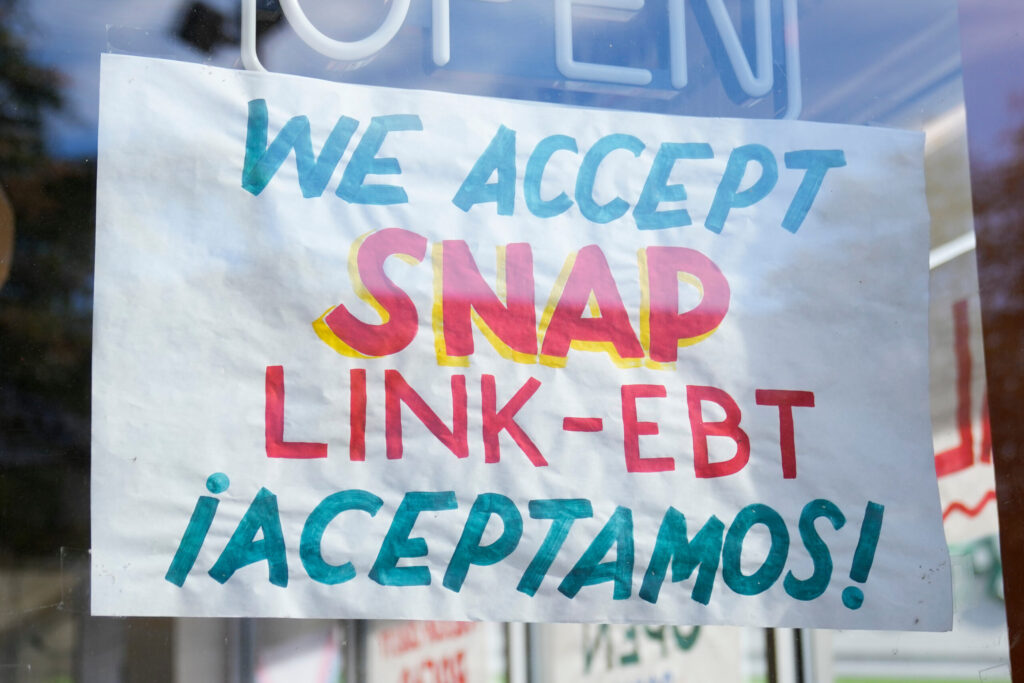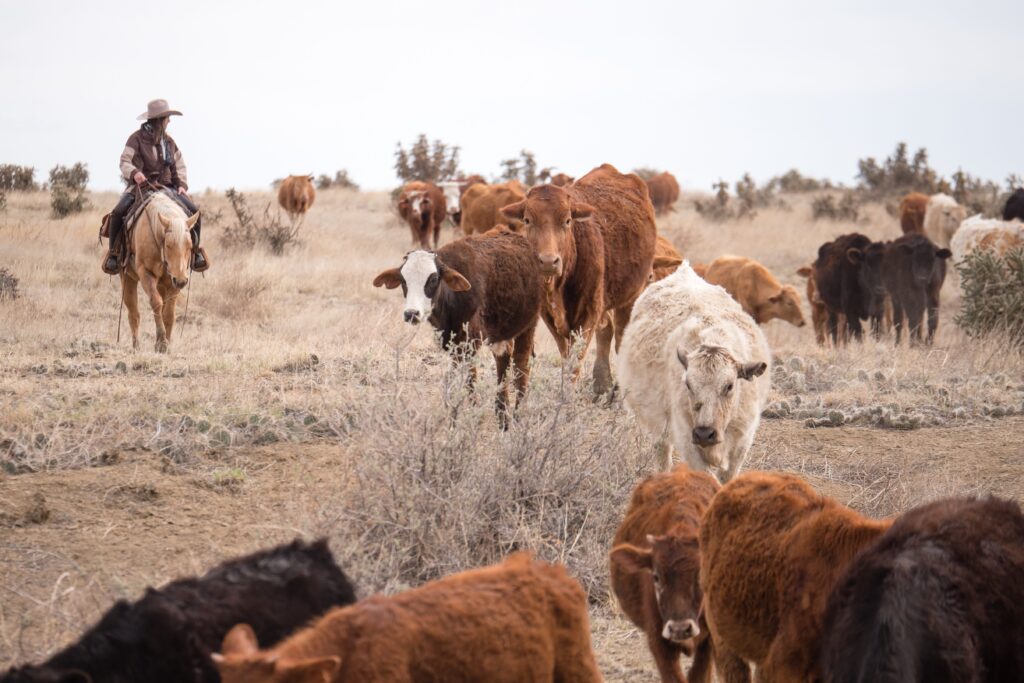Gov. Jared Polis’ plan to privatize Pinnacol Assurance comes with legal questions

Gov. Jared Polis recently announced that, as part of his proposed 2026-27 budget, he would allow Pinnacol Assurance, Colorado’s quasi-public workers’ compensation insurance division, to go private.
However, questions on whether it’s possible or legal remain.
The Polis administration previously claimed that Pinnacol is a state asset that can be “spun off.”
Pinnacol, a domestic mutual insurance company, insures about 50,000 companies and one million workers in Colorado. It is the largest provider of workers’ compensation insurance in the state and serves as workers’ compensation insurance “of last resort.”
That applies to companies that cannot obtain workers’ compensation insurance for other workers. This is an issue for high-risk industries, such as construction, manufacturing, certain healthcare occupations, and oil and gas.
Should Pinnacol privatize, the state would realize around $400 million from Pinnacol’s assets, estimated at $1.3 billion in January. Another $150 million to $250 million would be paid by Pinnacol to the state pension plan to buy out the portion of the pension that goes to Pinnacol employees and employee-retirees.
Pinnacol has been seeking privatization for years. Going private would allow it to offer its insurance products beyond the state’s borders to Colorado companies with employees in other states.
Twenty-five states, including Colorado, have laws prohibiting a political subdivision, such as Pinnacol, from being a licensed insurance carrier in their state.
Pinnacol officials said in January that half of Colorado employers have employees outside Colorado, and given that it cannot offer insurance to those out-of-state workers, those companies — as many as 95% — are going elsewhere. That leaves Pinnacol with more high-risk companies, which come with higher premiums and, in the long term, reduce the services it can offer as the market share continues to drop, according to company sources.
The state would also benefit from Pinnacol’s tax revenue. According to a January 2025 briefing from the Office of State Planning and Budgeting, a privatized Pinnacol would start paying state and federal taxes, “which would improve the state budget and reduce the level of cuts during the next recession and should help place Pinnacol on par with its competitors.”
In a meeting with state lawmakers last week, Polis also suggested that Pinnacol could be sold to the highest bidder, which could bring in as much as $800 million. While Polis said he isn’t planning to advocate for the idea, he isn’t opposed to it, either.
Pinnacol reacted strongly to the notion of it being sold to the highest bidder, telling Colorado Politics in a statement that the state doesn’t own Pinnacol, so the state can’t offer the insurance company for sale.
Pinnacol “mostly separated from the state in 2002, when the state directed Pinnacol to operate as an independent mutual insurance company under the ownership of its members,” the statement said.
The statement added that Pinnacol intends to maintain “its financial strength and capital to meet the needs of our members, while remaining under the ownership of our members. This commitment is non-negotiable.”
This is the second time the governor has suggested that Pinnacol privatize; it was also part of his 2025-26 budget plan.
That deal was never finalized, mainly because of a dispute with the Colorado Public Employees’ Retirement Association over how much Pinnacol would pay to get its employees out. The deal also got pushback from labor unions.
An association of attorneys who represent injured Colorado employees said recently they don’t believe the deal would be legal.
The Workers Compensation Education Association (WCEA) said last week that Pinnacol’s assets “may not be legally diverted to the state and that doing so would be unconstitutional.”
A memo from the WCEA attorneys said the move would violate state law, specifically, a requirement that premiums collected could be used only for the benefit of injured workers.
“Pinnacol’s assets were built from employer premiums, not tax dollars,” said Stephanie Tucker, president of the WCEA. “Privatization without clear legal authority could result in years of litigation and uncertainty for both Pinnacol and the state of Colorado. Filling our state’s budget gap with funds that belong to employers creates a risk that Colorado can’t afford right now.”
Tyler Jones, owner of Jones Custom Builders and a Pinnacol policyholder, added that “Colorado employers with Pinnacol policies did not consent to having our premiums used to cover a budget shortfall.”
Polis said he intends to use the Pinnacol funds to cover the state’s Homestead Exemption for seniors and disabled veterans. That’s usually paid out of the general fund, but with an anticipated shortfall in the next budget, Polis would prefer to use the Pinnacol proceeds to cover those costs. That’s about $194 million, according to the September revenue forecast from Legislative Council economists.
About half of what’s projected for controlled maintenance, estimated at $202.6 million according to the September revenue forecast, also would be paid for with Pinnacol proceeds, according to the governor’s proposal. Another $100 million would go into the general fund.
The general fund will start at $840 million in the red in the 2026-27 state budget, according to the Legislative Council’s September forecast.
General fund revenue, the discretionary part of the state budget, comes from corporate and individual income taxes and sales and use taxes. Lawmakers rely on general fund revenue to fund existing obligations and new programs.













